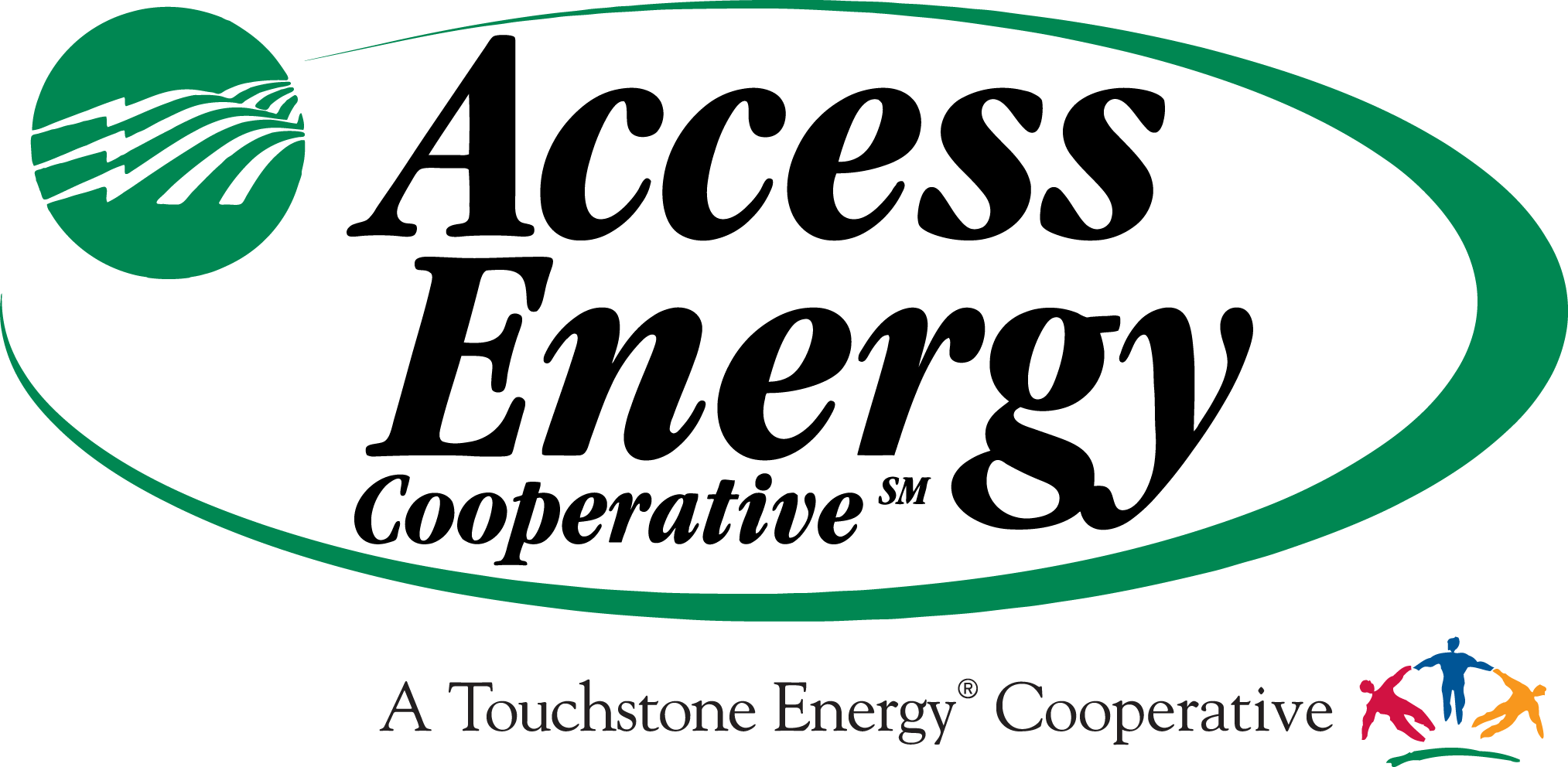Article from Questline
Electric motors are workhorses for farm operations. Up to 65% of farm electricity consumption can be attributed to motors, especially in dairy operations. This includes powering of refrigeration compressors, ventilation fans and vacuum pumps. Grain operations use motors for irrigation pumps and grain drying ventilation and material conveying. A knowledge of motor types and terminology will help you keep your motors humming along.
Motor types
A variety of motor types are used in agricultural applications, including single-phase of three-phase brushed or brushless direct current (DC) motors or alternating current (AC) induction motors. Electronically commutated motors (ECMs) are a variable-speed category of brushless DC motors, usually of smaller capacity.
Legacy AC induction motors typically use a wound stator to induce a magnetic field on a squirrel cage rotor. Emerging AC motors use a permanent magnet as the rotor and operate at synchronous speed (no slip). Open drip-proof motors use a sheet metal enclosure with stamped vents to provide cooling via constant air flow. A totally enclosed motor is constructed with a dust-tight, moderately sealed enclosure which rejects a degree of water. It can also use a fan located outside of the sealed enclosure.
Understanding motor terminology
Like all specialized equipment, motors have their own lingo. By understanding these terms, you can provide better maintenance and realize improved performance.
Full-load current. The amperage draw at nameplate horsepower (HP) with nameplate voltage and frequency. This primarily determines your circuit breaker capacity rating.
Locked rotor current. The current drawn from the power line when the motor is energized (full voltage) but not rotating (zero speed). This occurs at start-up and whenever the motor is jammed, and it can cause nuisance tripping and flickering lights. A reduced voltage motor starter can decrease locked rotor current, but variable-frequency drive motors have built-in soft start capability which closely matches current draw with speed.
Full-load speed. The speed at which rated full-load torque is delivered at rated power output.
Synchronous speed. The theoretical rated speed of a motor calculated from the motor frequency and number of motor poles.
Slip. The difference between calculated synchronous speed and actual full-load speed, typically 2% to 4% of synchronous speed. Slip is relatively proportional to motor load. A motor running at 50% load has a slip halfway between full load and synchronous speed. By using a tachometer to measure motor speed, you can estimate its load.
Variable-frequency drives (VFDs). Motors typically run at a single speed, while the demand for the equipment they drive — such as fans and pumps — often varies, which can waste energy. VFDs save energy by matching motor speed to the equipment load. VFDs work well for dairy vacuum and irrigation pumps and many ventilation fans.
Phase conversion
Three-phase motors are typically more efficient than single-phase units, and they cost less to purchase. However, converting to three-phase power can be expensive.
Any three-phase motor will run on single-phase power once it is started. Using a single-phase to three-phase converter is one solution. A static phase converter is a start circuit using capacitors. After startup, the three-phase motor runs on single-phase power up to two-thirds of its rated horsepower. A better solution is a rotary phase converter that continuously generates the third-phase voltage from an idler motor. One rotary phase converter will allow multiple three-phase motors to provide nearly all their rated horsepower at normal efficiency.
An alternative method is to use a three-phase variable frequency drive (VFD) supplied by single-phase power. However, the three-phase VFD capacity must be twice the capacity of the driven three-phase motor to compensate for the missing phase. That adds a lot of extra cost to the solution.

